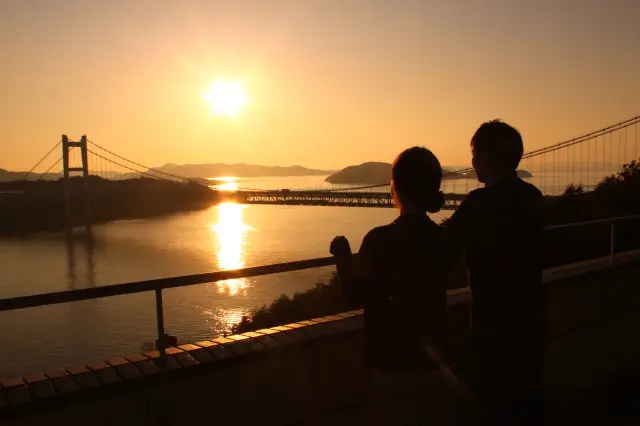Tsunamasa Ikeda, the feudal lord of Okayama ordered the creation of this garden as a spot of relaxation. In 1700, the garden was complete. As the years went by, the scenery of the garden changed. Once a relaxing spot, the garden gained kinetic energy with the creation of water streams, and lakes.
The “Enyo-tei House”, used as the living quarters for the feudal lord, is the most important building, and overlooks the entire garden. In the “Ryuten Rest House”, visitors were tended and was commonly used as a resting place. In the middle is a stream of water. In the birdhouse is a red-crowned crane. Twice every month between September and February, this majestic bird can be seen up-close as it walks around the gardens. You can also see various flowers, and trees depending on the season.
Tsunamasa, who adored Noh, often performed this art to visitors. During times when he was out, housekeepers and other townspeople were allowed to enter the garden.
In 1871, the garden changed its name from “Gokoen” to “Korakuen”. In 1884, the garden was given to Okayama prefecture by the Ikeda family for preservation. In later years, the garden was damaged by typhoons and war. Although reconstructed referencing old text from the Edo period, the garden is somewhat different from before..
Highlights
-
-
Enjoy the scenery with waters, buildings, trees and flowers changing with the season.
-
A great garden made by Tsunamasa Ikeda, the feudal lord of Okayama.










![[3-Day, 2-Night Journey Starting from Osaka] To the Scenic and Cultural Towns of Setouchi-A Rail Trip into Daily Life and Heritage](https://static.gltjp.com/glt/data/article/22000/21042/20250623_102329_7255dd3b_w640.webp)
